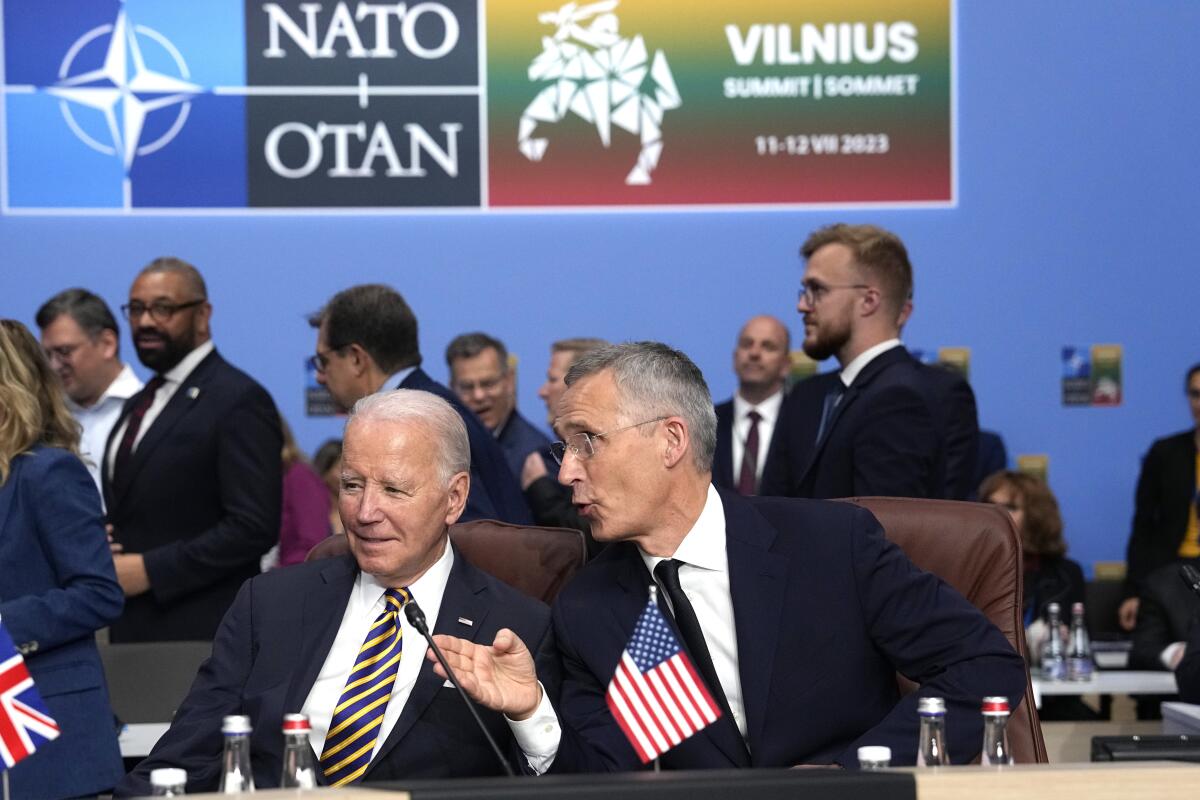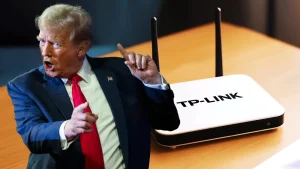To Wage a Total War, NATO Has Lowered Its Moral Standards
The international dispute sparked by the joint statement at the NATO summit in Washington, D.C. on July 10 had just begun when the assassination attempt on Trump suddenly grabbed all the global attention.
The bullet aimed at Trump’s head missed by about a centimeter. Thankfully, within the context created by NATO’s joint statement, this tiny deviation in the bullet’s trajectory almost saved the entire world once again.
Why is this the case? Imagine if the bullet had not missed Trump, and the bullet aimed at the shooter had missed, leaving the shooter alive to reveal the mastermind behind the plot. Although the intensity of the assassination event itself might not have increased (with two dead and one injured), the subsequent dramatic developments would be unpredictable.
Many people have not yet fully realized that for what constitutes a war action, a war threat, or an escalation of war, the definitions of all of them have been quietly changed by a group of warmongering maniacs in this world.
According to these new definitions, it could even be argued that the world has been at war for many years. Any event more significant than Trump’s ear could become the fuse for escalating into a devastating full-scale war.
This is not alarmist talk; it is the inevitable conclusion after a serious analysis of the NATO summit’s joint statement in Washington D.C.
Hybrid Actions
Evan Vucci, the Associated Press photographer who captured that iconic photo, said that when he heard the gunshot, he knew it was a moment in American history that had to be recorded. This shows that, as an experienced photographer, he already understood that in today’s global media era and global spectator era, how an event happens is one thing, but how it is recorded, spread, and interpreted is another. In many cases, the latter is the truly decisive element. This is the so-called “post-truth era,” where the judgment and emotional state of the recorders, spreaders, and interpreters will participate in this “historical moment.”
This is the world today, where every major event is no longer simple or truthful but “hybrid” and “post-truth,” with the event’s creators, recipients, and onlookers all participating.
The term “hybrid actions,” frequently mentioned in the NATO summit’s joint statement, is used in this context.

The Washington Summit Declaration accuses China and Russia of taking a series of “aggressive hybrid actions” against NATO member states. According to the definition in Article 20 of the Declaration, “sabotage, acts of violence, provocations at Allied borders, instrumentalisation of irregular migration, malicious cyber activities, electronic interference, disinformation campaigns and malign political influence, as well as economic coercion,” either directly or through proxy states.
This definition of “aggressive hybrid actions” clearly has a “post-truth” nature—the actual actions of the opposing countries are one thing, but NATO’s recognition, propaganda, and reciprocal counterattacks are more decisive. What constitutes “malicious cyber activities”, “disinformation campaigns”, “malign political influence” or “economic coercion”? Each of these concepts contains a unilateral subjective judgment.
Article 4 of the Declaration says that China’s policies challenge NATO’s interests, security, and values. “The People’s Republic of China’s (PRC) stated ambitions and coercive policies continue to challenge our interests, security and values. The deepening strategic partnership between Russia and the PRC and their mutually reinforcing attempts to undercut and reshape the rules-based international order, are a cause for profound concern. We are confronted by hybrid, cyber, space, and other threats and malicious activities from state and non-state actors.” Article 27 says that China “continues to pose systemic challenges to Euro-Atlantic security,” including “sustained malicious cyber and hybrid activities, including disinformation.” In response, NATO is “enhancing our resilience and preparedness, and protecting against the PRC’s coercive tactics and efforts to divide the Alliance.”
This is a redefinition of war actions. One may indeed not have engaged in any actions that could be called war, but if one conducts certain cyber activities, releases certain key information, creates certain political influence, or implements certain economic policies, then according to NATO’s latest definitions, if one’s cyber activities are deemed “malicious,” one’s key information is deemed “false,” one’s political influence is deemed “harmful,” and one’s economic policies are deemed “coercive,” it counts as “aggressive hybrid actions,” which can be equated to waging a war of aggression.

Hybrid War
It is well known that Russia has consistently claimed that since the outbreak of the Russo-Ukrainian war, the Western bloc has launched a “hybrid war” against Russia. Russia is not making baseless claims; the various sanctions and direct or indirect attacks by the West against Russia over the past two years are evident to all.
However, Article 13 of the NATO Washington Summit Declaration states: “State and non-state actors are using increasingly aggressive hybrid actions against Allies. We will continue to prepare for, deter, defend against, and counter hybrid threats and challenges. We reiterate that hybrid operations against Allies could reach the level of an armed attack and could lead the North Atlantic Council to invoke Article 5 of the Washington Treaty.”
This aligns with the long-standing behavior of Western strategic decision-makers: projecting their own aggressive actions and true intentions directly onto their opponents to demonize them. After achieving this goal—essentially saying that the hybrid war they have waged against Russia is actually a hybrid war waged by their opponent against them—they can achieve their greater ambition of invoking Article 5 of the Washington Treaty.
Article 5 of the Washington Treaty refers to the collective defense clause in the treaty signed by the founding members of NATO, which states that an attack on one member is considered an attack on all members, and other member states must respond immediately. This clause is generally interpreted as meaning that national forces will automatically enter the war without requiring authorization from their governments, constituting collective self-defense. This clause was first invoked during the 9/11 terrorist attacks in the United States.

Article 13 of this joint statement redefines collective self-defense—not necessarily traditional warfare actions, but once it is determined that an adversary state has taken “hybrid actions” against any NATO member state as defined unilaterally by NATO or has constituted “hybrid threats and challenges” as unilaterally defined by NATO, it will be regarded by NATO as an attack on all members, and other member states must respond immediately.
This is a re-interpretation of full-scale war, further lowering the threshold for war escalation, with the malice and madness reflected in it completely disregarding global peace and security.
Corresponding to the frequent use of “hybrid actions” and “hybrid threats” is the repeated mention in the statement of NATO’s “360-degree security approach” to respond, referring to a full-circle, no-dead-angle retaliation. One example is the near-genocide and crimes against humanity-level security measures that Israel is taking against Hamas.
Why is it said that in such a new context, the world today has actually been at war for many years? The reason is simple: the apparent peace that the world still maintains today, and the few ongoing hot wars still confined to localized areas without spreading into full-scale wars, is because most countries in the world are still trying their best to maintain world peace and stability. They have not adopted NATO’s latest definitions of war actions, war threats, and war escalation on an equal footing. They have not equated NATO’s hybrid warfare against other countries with waging actual war. In other words, most countries in the world have not fought back on an equal footing against the latest defined forms of war unilaterally waged by NATO.
It can be considered that this is one of the most significant meanings of China and global southern countries strengthening unity and cooperation, as well as the most significant meaning of China itself upholding the notion of peaceful development for the world.

Of course, this effort is also one-sided. After NATO authorizes itself to recognize its opponents’ “hybrid actions” in a “post-truth” manner, theoretically speaking, war maniacs can use any excuse to declare their opponents aggressors, thereby truly waging a war they’ve been longing for.
This is the world today. Any hotspot can be maliciously interpreted and become the fuse for launching a vicious war.
This time, the bullet missed Donald Trump by a centimeter. What about the next time? When the distance between peace and war starts to be measured in centimeters, what can the world do about it?
https://www.guancha.cn/ZiZheng/2024_07_16_741588.shtml



